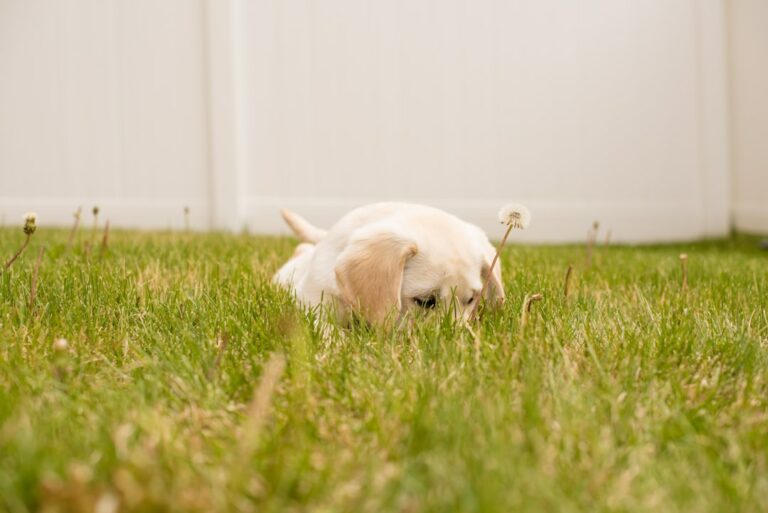The First Step to Trust: How to Bond with a Fearful Rescue Do
Bringing home a rescue dog can be a deeply rewarding experience. However, when your new companion is fearful or withdrawn, building trust takes time and understanding. Many rescue dogs come from difficult pasts—some have experienced neglect, abuse, or simply a lack of positive human contact. Whatever their history, your role is to show them that they are now safe and loved.

Understanding Fearful Behavior
A fearful rescue dog may show signs such as trembling, hiding, avoiding touch, growling, or refusing to eat. These behaviors aren’t acts of defiance—they’re coping mechanisms born from fear or uncertainty. Your goal isn’t to “fix” your dog right away, but to help them feel secure enough to let their guard down.
Trust cannot be rushed. It’s built through small, positive experiences that teach your dog that you are dependable and kind.
Step 1: Give Them Space and Time
When you first bring your rescue dog home, allow them to explore at their own pace. Avoid overwhelming them with too much attention or forcing interaction. Set up a quiet, comfortable area where they can rest undisturbed—a crate with soft bedding, a blanket in a calm corner, or a separate room can work well.
Respecting their space shows your dog that you recognize their boundaries. Over time, this helps reduce fear and fosters a sense of safety.
Step 2: Establish a Consistent Routine
Predictability builds confidence. Feed your dog, walk them, and let them out for bathroom breaks at the same times each day. A regular routine helps them understand what to expect and when, reducing anxiety caused by uncertainty.
Consistency in your behavior is equally important. Speak softly, move calmly, and avoid sudden gestures or loud noises that might startle them.
Step 3: Use Positive Reinforcement
Every time your dog shows bravery—whether it’s taking food from your hand, approaching you, or relaxing in your presence—reward it with gentle praise and treats. Positive reinforcement teaches your dog that good things happen when they interact with you.
Avoid punishment or harsh corrections. Fearful dogs associate negative experiences with people very quickly, which can undo trust you’ve worked hard to build.

Step 4: Communicate Through Calm Energy
Dogs are incredibly perceptive to human energy. If you’re tense or frustrated, they will sense it. Approach your dog with calm, steady movements and a relaxed tone of voice. Sit on the floor rather than standing over them, and let them come to you when they’re ready.
Sometimes, simply being quietly present in the same room helps your dog learn that you are not a threat.
Step 5: Encourage Gentle Interaction
When your dog starts showing curiosity, allow them to initiate contact. Offer your hand for them to sniff, but don’t reach out suddenly. If they lean in or allow gentle petting, keep it brief and positive. Respecting their comfort level encourages trust to grow naturally.
Engaging in low-pressure activities, such as tossing treats gently across the floor or playing with soft toys, can also help your dog associate you with fun and safety.
Step 6: Introduce New Experiences Slowly
Once your dog feels more secure at home, you can begin introducing new people, environments, or sounds. Keep these experiences brief and positive. Always give your dog an escape route and never force interaction.
Short walks in quiet areas are excellent confidence builders. Allow your dog to sniff and explore freely—it helps them process their environment and relieves stress.
Step 7: Celebrate Small Victories
Progress with a fearful rescue dog is often slow but steady. Celebrate each milestone, no matter how small. Maybe they wag their tail for the first time, eat near you, or fall asleep by your side—each step is a sign of growing trust.
Documenting these moments can remind you of how far you’ve both come, especially on challenging days.
Ready to unleash your dog’s potential? Visit Off Leash K9 Training of Hampton Roads to explore our expert training programs that promise exceptional obedience and a strong bond with your canine companion. Whether you’re in the Hampton Roads area or NE North Carolina, our proven system will help your dog excel off-leash. Contact us today at (757) 296-8366 to start your journey towards a more obedient and joyful relationship with your dog







